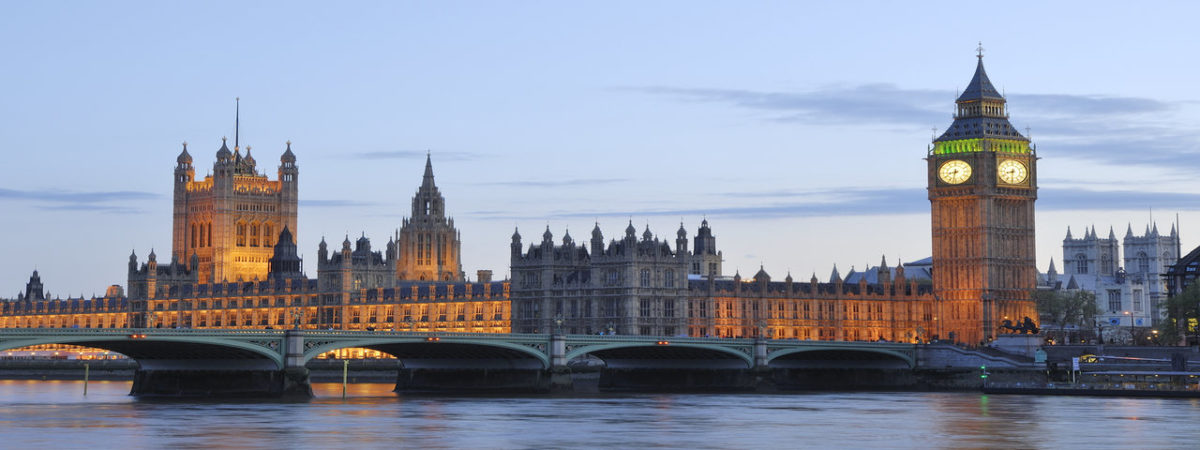Will flat-lining become normal?: An analysis of Britain’s worst period of peacetime growth since the industrial revolution
SUGGESTED

New research argues 'evidence-based’ policymaking is based on poor science


Leading economists warn 1% growth could become the UK’s new norm
The UK’s sustainable growth rate has been much lower than that calculated by the OBR and used by the government to forecast public finances.
The lack of growth is important in its own right. However, it is also important as far as the government’s 2010 deficit reduction plan is concerned. This plan relied upon economic growth raising tax receipts for 70 per cent of the deficit reduction. Lack of growth is the key factor behind the government’s deficit reduction plan being off target.
There is no reason, given the fall in the sustainable growth rate, why we should expect high levels of ‘catch-up’ growth to compensate for the loss of output after the 2008 crash.
From Q1 2008 to Q1 2013, average annual output growth has been -0.7 per cent. Such a disappointing growth performance has no modern historical precedent.
Gross domestic product dropped 6.3 per cent from the peak level reached in 2008 and is still some 3 per cent lower than its peak five years later. That is unprecedented in 170 years of shocks that have hit the UK economy since industrialisation.
It is clear that poor total factor productivity has driven the poor growth performance. Capital stock – and changes in it – has played very little direct part. The poor growth performance will not be addressed by increased investment or increases in ‘aggregate demand’. Loosening fiscal policy by increasing government spending will worsen rather than improve the situation.
Productivity growth has been -0.4 per cent in recent years.
Productivity often falls in a recession due to labour hoarding but recent performance is especially bad compared with previous recessions. Productivity growth has, on average, been unsatisfactory compared with past norms, by almost 1 per cent a year for five years.
In the medium term, the UK’s sustainable growth rate is likely to be very low for a number of reasons. These include:
- Increased public spending and taxation as a proportion of GDP due to the rapid increase in the early twenty-first century. This factor alone has reduced the sustainable growth rate by around 0.5 per cent – possibly more.
- Increased government, corporate and household debt relative to GDP.
- Demographic pressures from an ageing population.
- Increased regulation of the energy and financial services sectors. These sectors had contributed substantially to the productivity performance of the economy in earlier decades.
- The depletion of North Sea oil.
- The arithmetical affect of low-productivity immigrant workers being added to the working population
- The huge growth in credit before the crisis, followed by its contraction since – partly driven by increased banking regulation
As a result of these policies, the sustainable growth rate has fallen by over 1 per cent compared with the level before the crisis. Actual growth rates might be higher than 1 per cent, of course, if the economy recovers some of the lost output caused by the crash. However, high ‘catch-up’ levels of growth are unlikely in the medium term.
Low interest rates and government bond yields are a further indicator that the medium-term sustainable growth rate is very low.
The factors causing low growth are generally policy induced and could be changed. Furthermore, policies could be followed that would increase productivity growth such as radical reform of our education and health systems.
There will be some natural improvement in the sustainable growth rate after 4-5 years if the government manages to reduce spending as a proportion of national income as planned and if household, corporate and government debt fall. Also, the productivity levels of the energy sector may increase if shale gas is developed. These factors may lead to the sustainable growth rate rising. It may even reach the level of around 2.3 per cent which is the current rate currently used by the OBR for its unrealistic short-term projections.
The publication was featured in The Guardian, City AM, The Telegraph and the Huffington Post.
To read the press release, click here
Discussion paper 47, 2013



